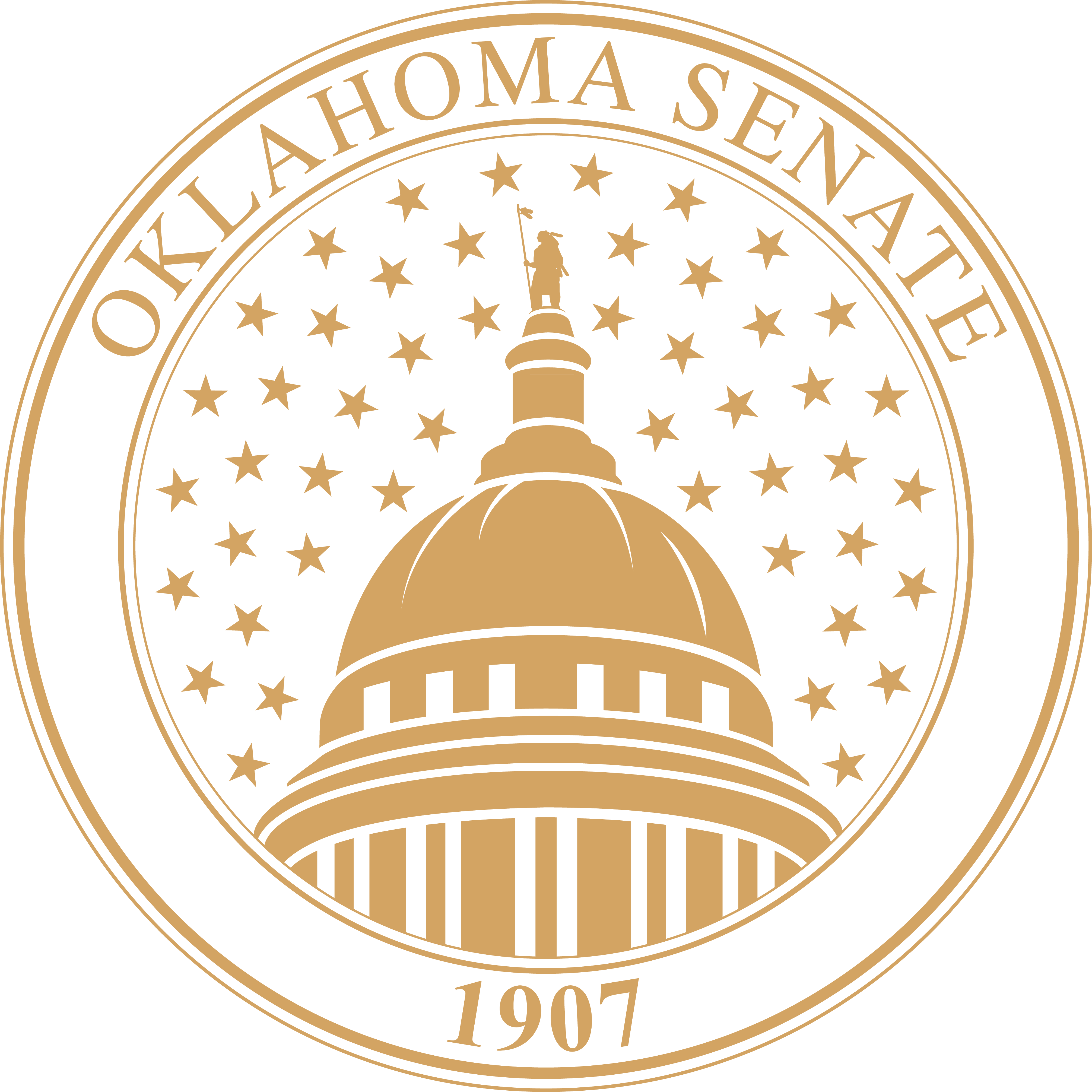Oklahoma Weather Innovation Grouped Among Best Internationally; Testimony Heard at Subcommittee Meeting
Teachers, farmers, state agencies and other business representatives recently showed their support and asked for the continuation of state funding for the weather monitoring system known as Mesonet at a Senate Education Appropriations Subcommittee meeting at the Capitol in Oklahoma City, according to Senator Cal Hobson, D-Lexington. The Mesonet system was recently named one of 114 semi-finalists out of more than 700 entries submitted in the Stockholm Challenge, a worldwide-recognized program for innovative informational technology projects.
"The Mesonet system is a prime example of the great things coming out of Oklahoma," said Hobson. "The system is innovative, futuristic and above all, useful. The benefits reach so much further than just weather prediction. It can impact agriculture, education, utility usage, transportation and a plethora of other areas."
Many people aren't aware of what Mesonet is, or how it benefits Oklahoma. The Oklahoma Mesonet is a state of the art network of environmental monitoring stations. It was designed and implemented several years ago and is designed to measure the environment based on the size and duration of mesoscale weather events.
The system consists of over 110 automated measurement stations covering the state. Environmental equipment is located at each site and set to record observations every 5 minutes. The information is then transmitted to a central facility every 15 minutes, all day, every day of the year.
The Oklahoma Climatological Survey at the University of Oklahoma then reviews the information before sending it to Mesonet customers. The whole process only takes 10 to 20 minutes.
Several Oklahomans representing various professions were on hand in the meeting to give testimony to the usefulness of Mesonet in their careers.
According to Michael Crouch, a transmission administrator for Western Farmers Electric Cooperative, Mesonet allows him to load the electric lines heavier than he would if he didn't have such a weather tool available.
"With the wind speed information available from Mesonet, I can load the system more effectively without overloading," said Crouch. "By providing real-time weather information, I can protect the safety of our crews better and I can serve more customers than I could three years ago without Mesonet. It's been useful and provides more information than we ever realized was available at an nominal cost."
Emergency management efforts have also been boosted by Mesonet's ability to predict weather in real-time. Ben Springfield, Emergency Manager in Lincoln County also presented his experience with Mesonet at the Appropriations Subcommittee meeting.
"The paramount importance of Mesonet in rural Oklahoma became very apparent during the Oklahoma tornadoes on May 3, 1999," said Springfield. "Up until the funnel hit Oklahoma City, it was a significant weather event and we were able to track the storm by watching the television networks and prepare for it in Lincoln County. But after it hit the Oklahoma City metro area and the damage was apparent, the local news shifted its coverage and made it a news event, but that funnel was still heading straight towards Stroud and Chandler. Without the Mesonet feedback, we would have been in the dark about the progression of the storm. In this case, I have absolutely no doubt that using the Mesonet saved numerous lives that night."
Several things are measured at the measurement stations, including air temperature, relative humidity, wind speed and direction, barometric pressure, rainfall, solar radiation and soil temperatures. More intensive measurements are taken at about half of those sites.
"Research and environmental measurement, as well as education and weather forecasting all benefit from information generated by Mesonet," said Hobson. "Programs like this one are valuable to the future of our state in so many ways and it was helpful for these people to tell their stories so we could hear the actual impact on everyday life in Oklahoma."
Mesonet can be accessed online and an overview is available at http://okmesonet.ocs.ou.edu
 Oklahoma Senate
Oklahoma Senate

